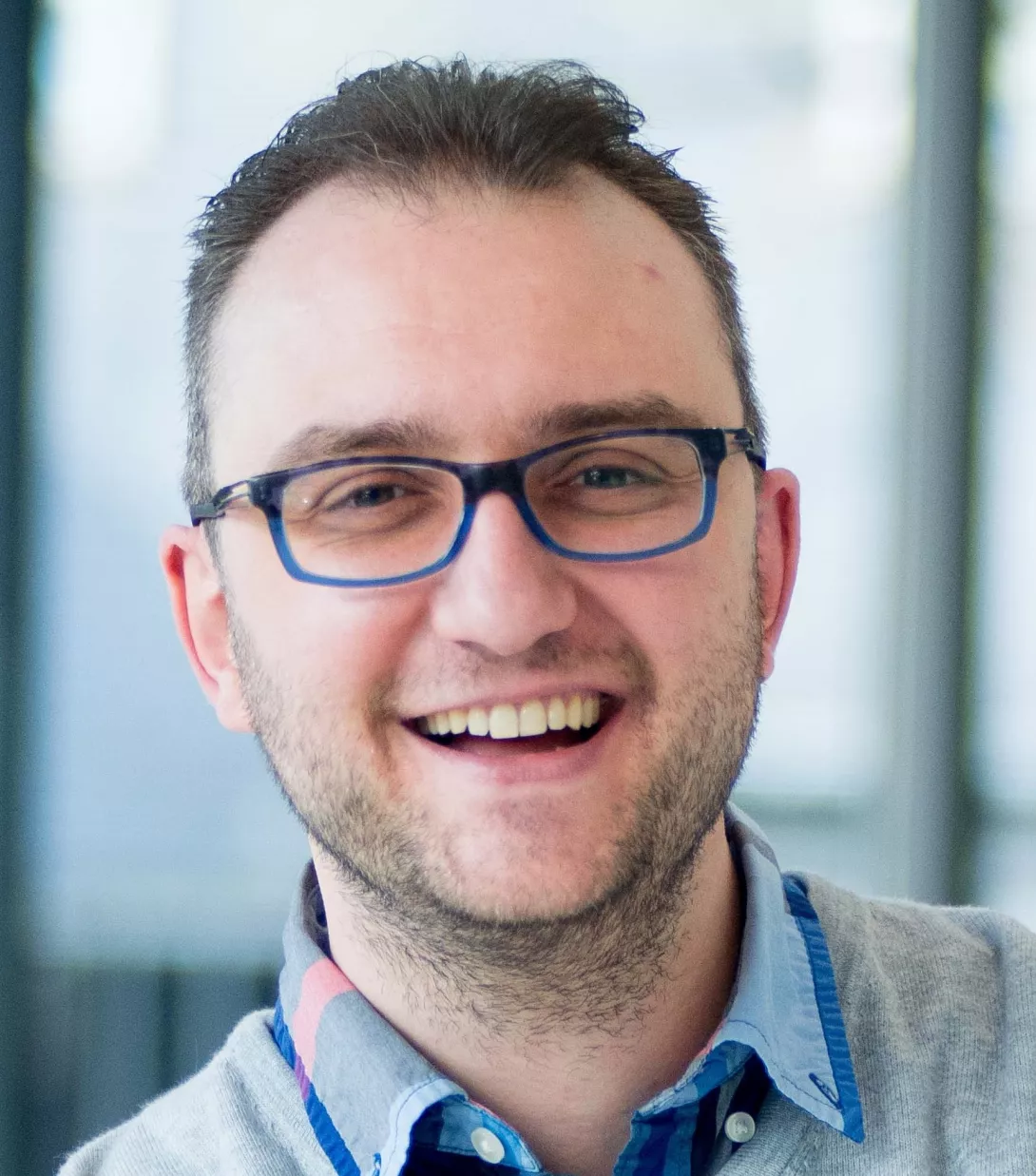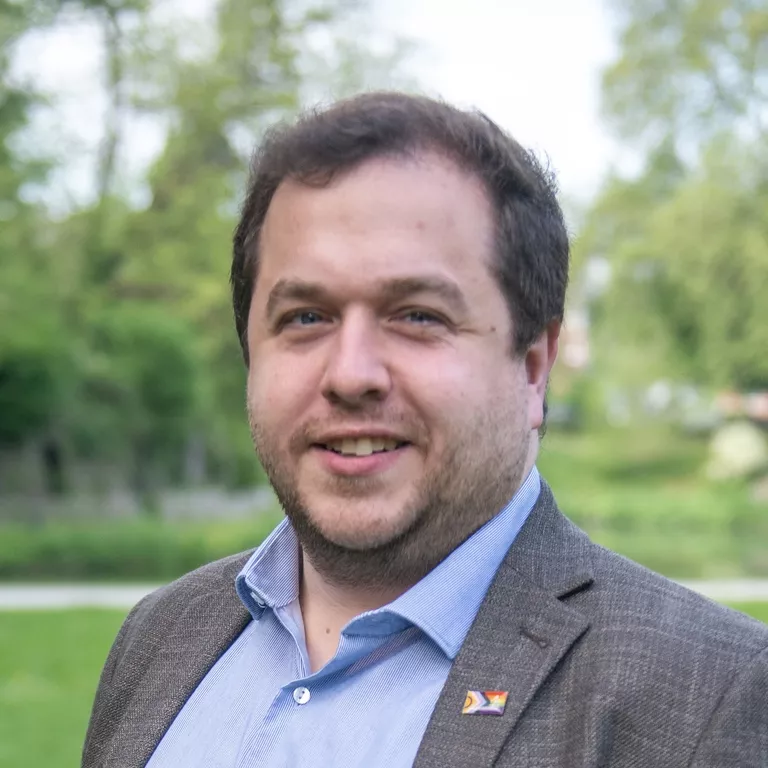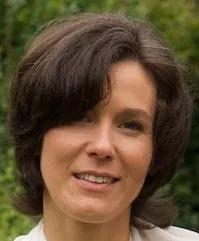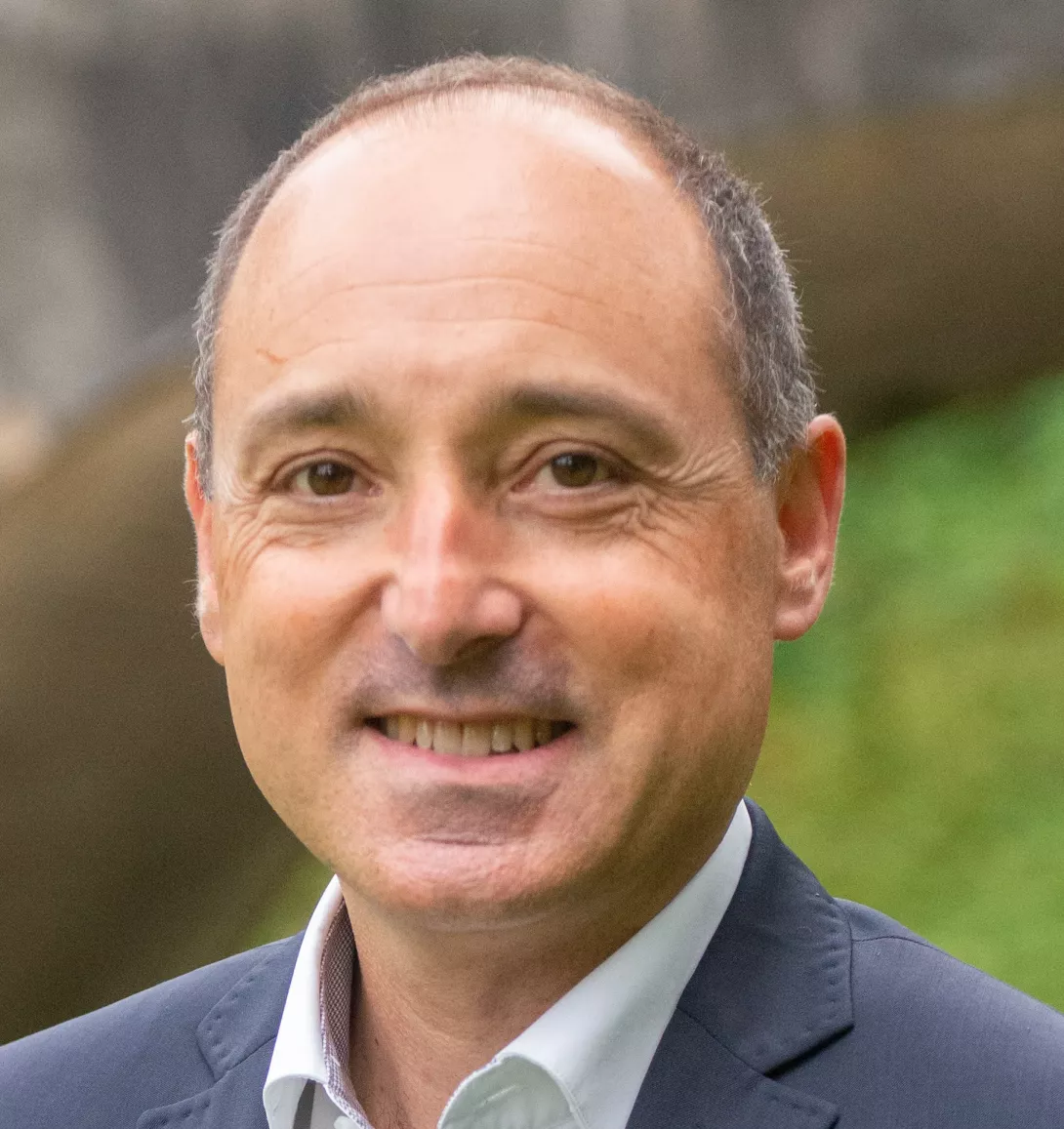In December 2022, the arrival of ChatGPT caused a stir in society, including in the field of higher education. At UNamur, many professors, lecturers, assistants, and teaching managers spontaneously set about analysing how this new tool could be integrated into the student's learning path. Lecturers from various faculties quickly decided to ask their students to use ChatGPT as part of their course. Their aim? To assess the strengths and weaknesses of the tool and, ultimately, to strengthen each student's critical faculties.
Now, after a four-month period of testing and investigation, it's time to take stock. At the beginning of July, a workshop was held at UNamur, bringing together many educational players to discuss the best practices observed and the pitfalls identified.
Examples of practices used in courses

Michaël Lobet - Faculty of science
ChatGPT was used in a physics course in the 1st bachelor's degree in veterinary and biological sciences (~250 students). The students had to prepare a session of optical exercises using ChatGPT. The extent to which students took a step back from the answers provided by the AI was measured in a survey of 192 students carried out by the Service de Pédagogie Universitaire - SPU (Marie Lobet and Valérie Wathelet). Interesting results emerged in terms of students' fears of AI, their interest in or ignorance of this tool and, above all, a quantification of the extent to which they took a step back from the answers they provided.
Xavier Devroey - Faculty of computer science
Other types of AI were used in bachelor's courses (AI and symbolic programming, AI, and optimisation) and master's courses (Data science, software engineering and AI option). Computer science students are keen to learn about new technologies. Students have been encouraged to write a pseudo-scientific article using ChatGPT or to detect errors in computer code.


Nathalie Kirschvink - Faculty of medicine
ChatGPT was used in a physiology course (tutorials/practical work) in the 1st Bachelor of Medicine (~200 students) and 2nd bachelor of pharmaceutical sciences and biomedical sciences (~250 students). Students were invited to ask questions to ChatGPT to prepare a TP/TD session. The aim? To reflect on the quality of the question they asked the AI, its level of precision and complexity, and the quality of the answer obtained by the machine.
Elise Degrave - Faculty of law
ChatGPT was used in the 'Sources and Principles of Law' course in 1st year law bachelors (~500 students). Students had to analyse a work, summarise it and define three legal questions related to the course. Students also had to formulate questions using ChatGPT and critique the AI's output in relation to their personal questions.


Simon Labate - School of Modern Languages (ELV)
ChatGPT was used in English courses for historians, art historians and novelists (Faculty of Philosophy and Literature) as well as in French courses. Simon Labate, for example, developed creative uses of ChatGPT such as crossovers: prompts such as "Tell me the story of the cartoon 'Ratatouille' in the style of Jacques Chirac", "Tell me the story of Rapunzel in the style of Donald Trump" or "Write the story where Indiana Jones meets Han Solo". Other uses were also tested to improve written work or summarise texts.
Pietro Zidda - Faculty of economics, social sciences and management
As part of the 'Learning by doing' project, the use of ChatGPT was strongly encouraged. Students tested SWOT analyses (Strengths/Weaknesses/Opportunities/Threats). The students went beyond the basic AI production and carried out cross-analyses of the different boxes in these SWOT analyses.


Christelle Hoorelbeke and Marc Miceli - School of Modern Languages(ELV)
The ELV already has a great deal of experience with AI and teaching, being well versed in the use of 'Google Translate' or 'Deepl'. Professors Miceli and Hoorelbeke have used ChatGPT in a Dutch language course for 3rd year bachelors in the Faculty of Economics, Social Sciences and Management.) The course aims to prepare them for the world of work, so writing a letter of application is part of the subject. The teachers worked with the students to analyse the response that ChatGPT offers. While it is provided quickly and is grammatically and lexically rich, it lacks personalisation. The students were asked to think critically about the AI's output.
The discussions were also enlightened by Professor Benoît Frénay, a specialist in artificial intelligence and machine learning. He gave workshop participants a 15-minute summary of everything they needed to know about AI and ChatGPT.
At the same time, Marie Lobet from the University Pedagogy Department launched a study aimed at all BAC1 students. The research team, made up of Marie Lobet, Valérie Wathelet and Antoine Honet, focused on the use and knowledge of AI in their courses and assignments. The workshop was therefore the ideal moment for Marie Lobet to present the results. Through this anonymous survey, students were invited to say whether they regularly use artificial intelligence tools, and if so, which ones, in what situations do they use them, and what benefits have they seen from this use.
Discover the results of this survey in our previous article: Use of ChatGPT by students: artificial intelligence is all the rage!
Three figures to sum up the survey
1,233
Block 1 students took part in the survey
13%
of the surveyed students said they had used ChatGPT in their courses
67%
of the surveyed students use other artificial intelligence tools in their courses (e.g. Google Translate or DeepL).
Finally, the workshop, organised by the PUNCH team (Guillaume Mele), ended with a round table discussion led by Gaëlle Chapelle from the Education and Technology department (future Faculty of Educational and Training Sciences - FaSEF). For over an hour, many UNamur members shared their views and experiences.
Raised and discussed questions
- How can students be trained to use ChatGPT? How, for example, can they be helped to formulate questions correctly using the tool, the famous 'prompts'?
- How can we further develop young people's critical faculties when it comes to these new technologies?
- What legal framework should govern the use of ChatGPT, particularly in educational practices? Is ChatGPT a tool that can be used like a spellchecker, or is it an author in its own right that should be cited in the proper manner?
- What about compliance with the RGPD and data storage?
- How can we avoid exacerbating the digital divide when not everyone has access to this tool?
- What role should universities play in supporting society, and especially primary school teachers, in the use of AI in teaching practices?
These questions provide food for thought for the debates that are driving the institution in the face of the changes brought about by the emergence of AI. They will also continue to be investigated at UNamur by a multidisciplinary team dedicated to ChatGPT. The aim is to continue to explore the use of these new tools to better integrate them into teaching practices and the daily lives of students.
You can also read the article published in Omalius magazine about the use of artificial intelligence in teaching at UNamur: